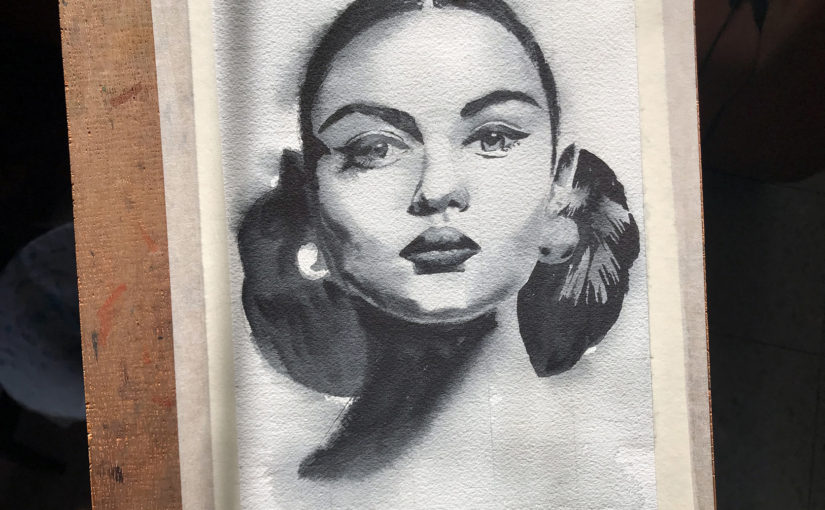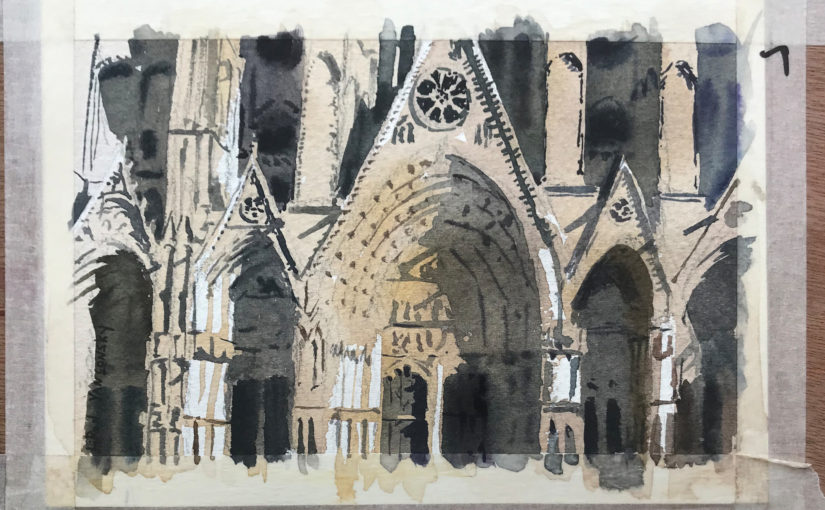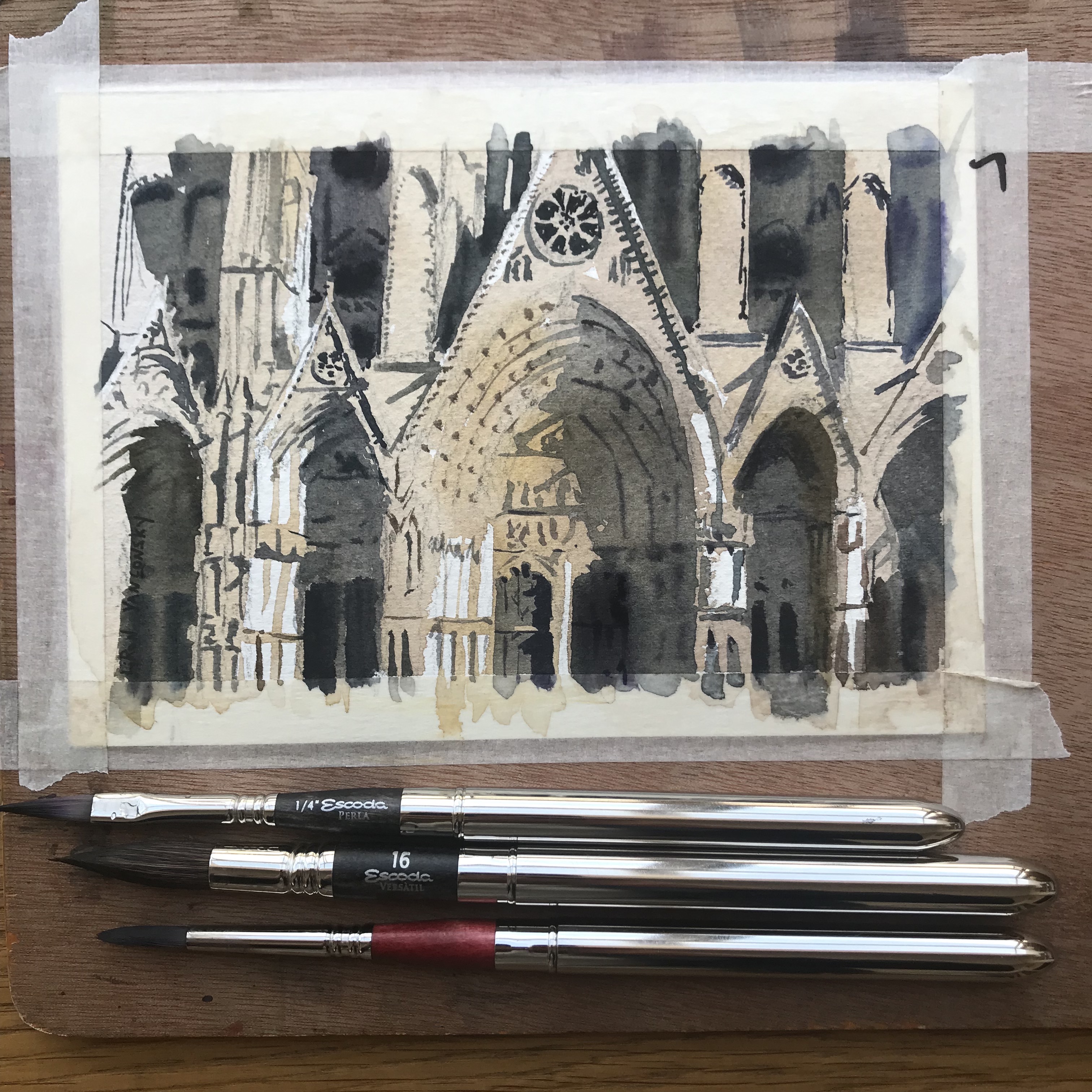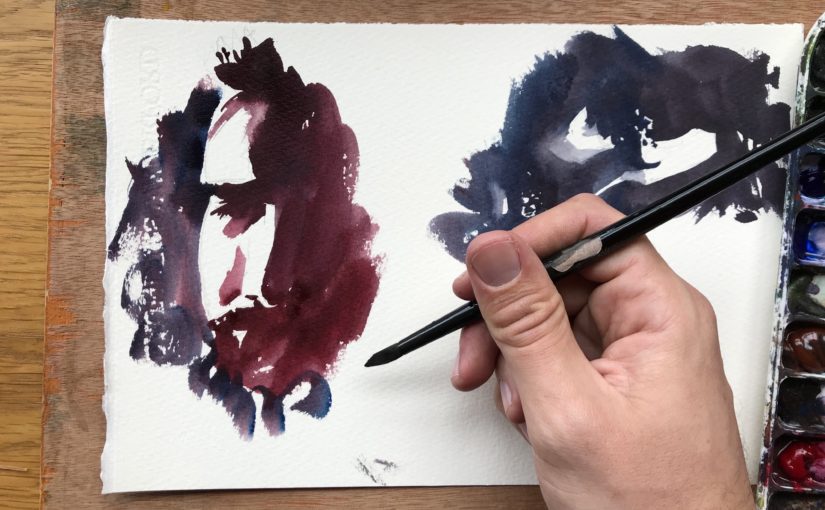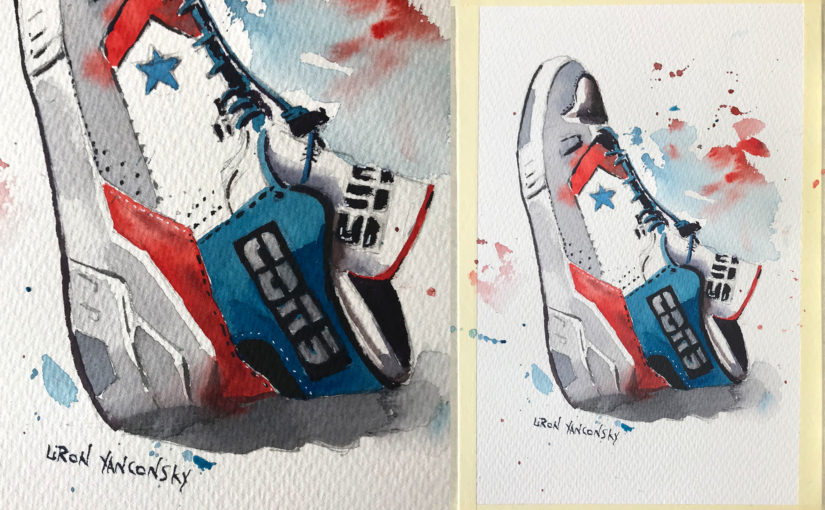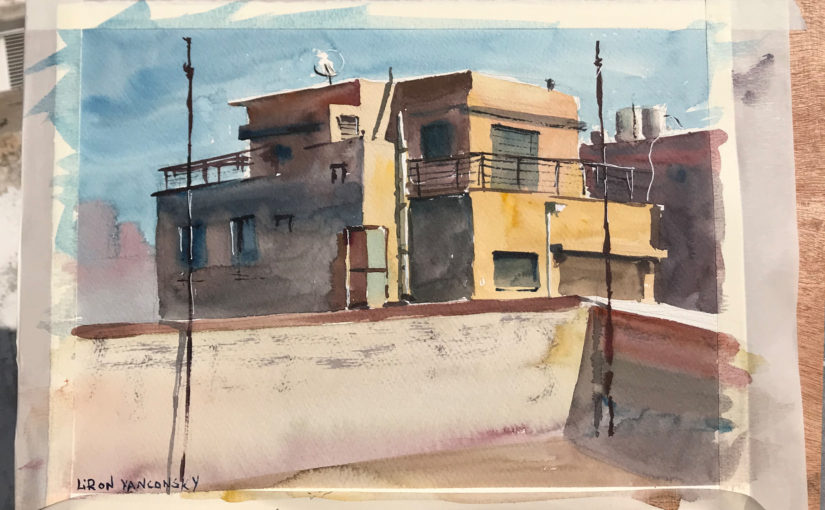Podcast: Play in new window | Download
Today we’ll talk about the importance of IMMERSION when painting, and I’ll demonstrate this specifically in the context of portrait painting.
Watercolor & Drawing – Divide & Conquer
One of my main goals for June 2020 is to create immersive work days, where I allow myself to be immersed in one specific artist endeavor.
So instead of squeezing in painting time every day, I’ll have ONE consolidated day, devoted 100% to watercolor painting (Sunday). This may sound a little crazy, but I believe there are significant benefits to immersion, over “cheaper” and shallower artistic experience, where I have to “cut” the session in order to work on something else.
This also doesn’t mean I CAN’T paint in other days. I can – for the purpose of content production for example (aka YouTube videos and so on).
I’ll also have a dedicated day to work on my manga (Wednesdays).
Today’s Portrait Painting Experience
Today I started applying this new approach, and spent a lot of time on just watercolor painting. I allowed the natural flow pull me in. I started with some basic exercises, and gradually went for more detailed portraits.
The peak for me was when I FELT the desire to go more detailed with this one portrait.
I made this “average” version first:
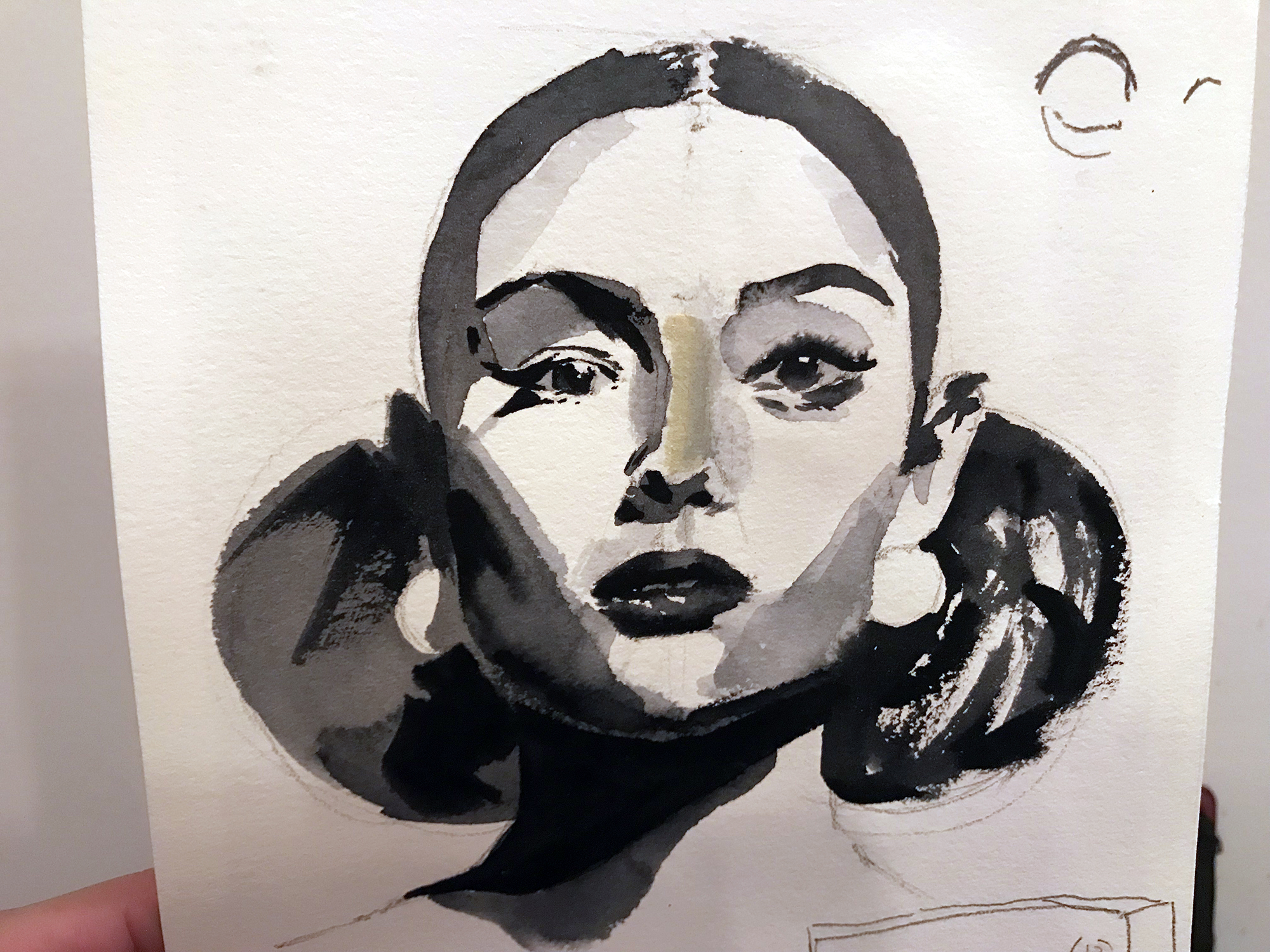
I really felt like I failed in capturing the beauty of the original portrait. And so I made another slower, more patient and more ambitions version.
Here’s this one:
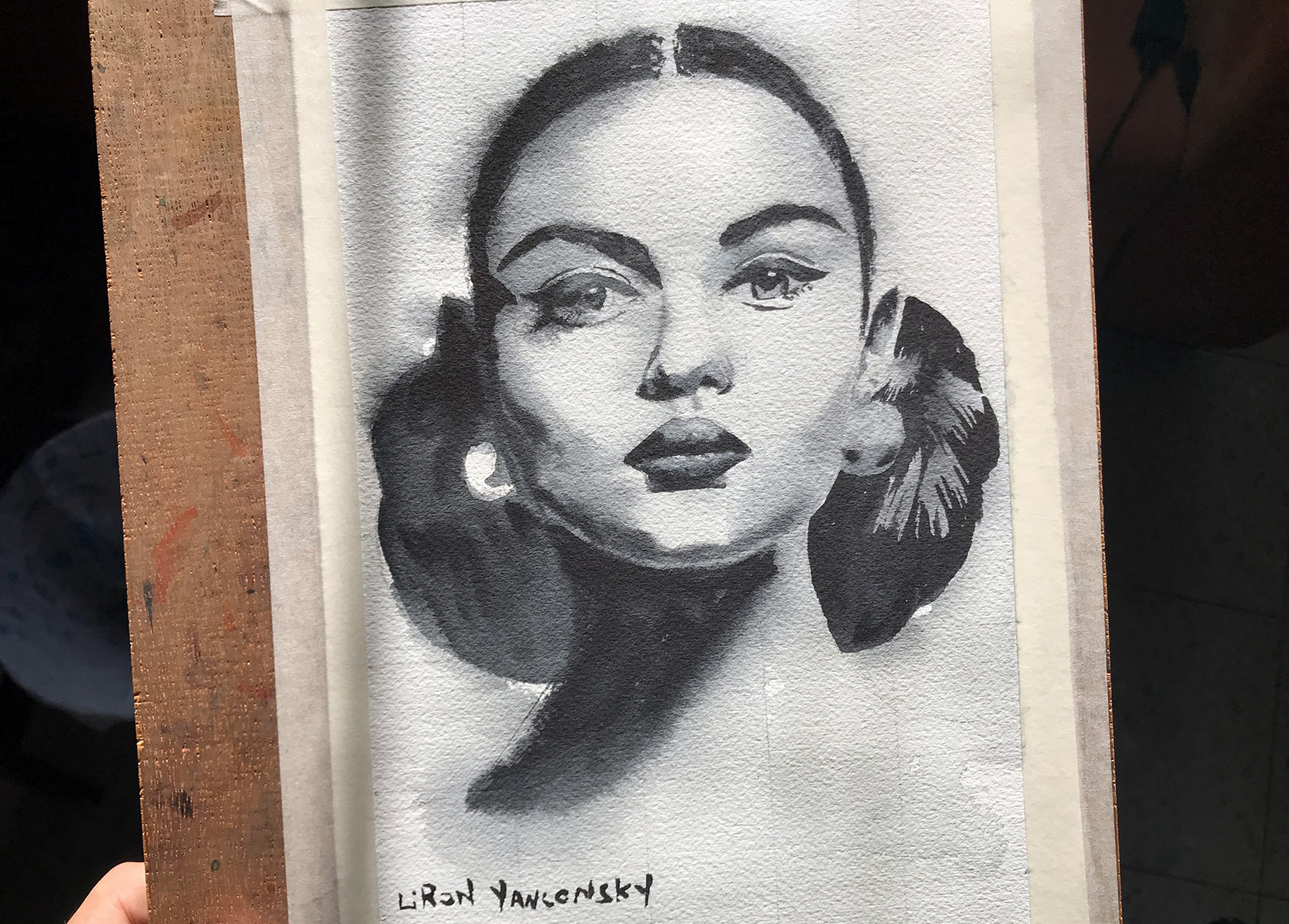
Hopefully the difference between the two versions can be perceived immediately.
It’s not that the 2nd one is perfect, but it’s darn close to my CURRENT perfect, if that makes sense (:
Better Artistic Experience
Doing this felt GOOD and RIGHT. I’m so happy I got to experience that, and I hope to continue this way in future sessions.
I hope you enjoyed listening to / reading this one! And if this speaks to you – trying allowing yourself some more freedom when it comes to painting time, immersion and patience.
And always, here’s where you can find me online – let me know your thoughts! (:
Instagram – @LironYanIL
TikTok – @Liron.Yan
YouTube – Liron Yanconsky Art
LinkedIn – Liron Yanconsky
Pinterest – Liron Yanconsky
Twitter – @LironYan

